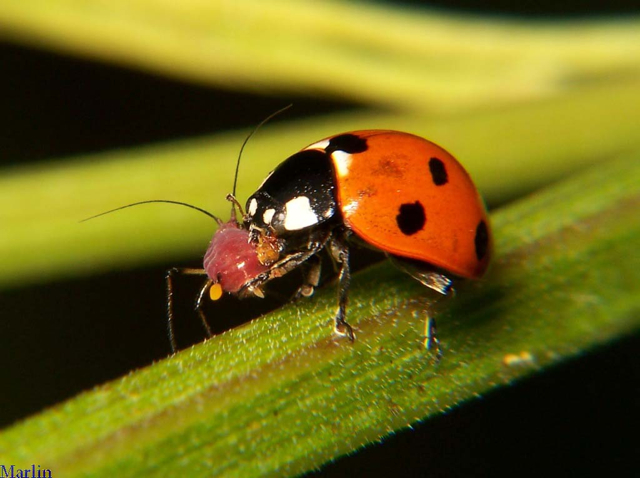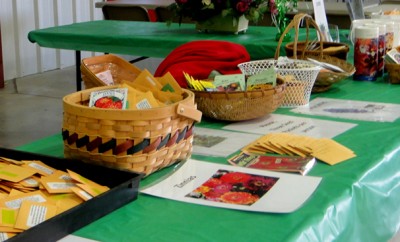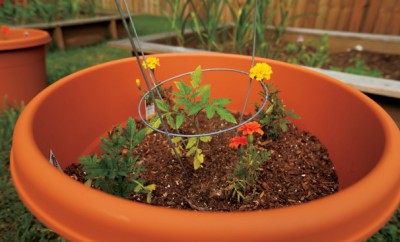Pest Prevention Primer: Natural Insect and Weed Control

The ongoing battle to stay healthy has encouraged many gardeners to raise produce in their yards. These first-time gardeners select a sunny, well-drained spot. Their plants come up looking robust. But soon, weeds and those nasty produce-munching insects make an appearance. What to do next?
Before grabbing the chemicals, anyone unfamiliar with using pesticides and herbicides should read on.
Bug Off
Farmers understand the necessity of herbicides and pesticides to keep production high and food costs low. American farmers are the most world’s most productive, and the proper use and regulation of chemicals is a big reason why. (In fact, American lawns, not farms, consume more resources in the form of water, nutrients, pesticides and herbicides than any other agricultural industry in the world, according to a study by environmental biologist Bill Mollison.)
On a smaller scale, with a bit of effort, we gardeners can control unwanted weeds and insects without using pesticides on our vegetables.
Did you know 97 percent of insects are beneficial and actually eat each other? We apply pesticides to target insects, but these chemicals are not selective – they kill all insects, not just the bad ones.
A few natural ways to rid your garden of these pests include handpicking the bugs off the plants and dropping them in water. Aphids will wash off with a stream of water. Other options, such as hormone traps, are able to target only one specific kind of insect.
What’s more, insects are the favorite food of many birds. Another pesticide alternative is simply to add a bird feeder or find other ways to draw birds to your yard.
Weeds Be Gone
Herbicides can be applied to undesirable plants, such as Bermuda grass and other weeds. As with pesticides, they are not selective and can damage good plants if used improperly.
If you’re going to use a herbicide, apply it on calm days to keep it from drifting in the breeze. Look for curling leaves, an early sign of herbicide use, if you’re worried a plant has been inadvertently sprayed.
To avoid the use of herbicides, one alternative is to place mulch, such as straw, around the plants.
Another option is to plant in 4-foot-wide beds, as mature plants will grow close enough together to shade out the weeds.
Controlling Chemical Use
As gardeners, let us consider the alternatives and rethink use of chemicals. Here are a few ways to avoid use of pesticides and herbicides:
• Choose insect- and disease-resistant plants.
• Attract natural predators, such as birds.
• Do not harm beneficial insects.
• Use chemicals only when necessary, and always read and follow the instructions on the label.
Always Take Precautions: Chemical Control Tips
• Pesticides and herbicides may irritate the skin and eyes. Wear gloves, long sleeves, long pants and goggles when applying.
• Do not use near any body of water or wetland, dump any pesticide or herbicide, or rinse your equipment in locations where it will contaminate the water. Never dump pesticides and herbicides down sewers.
• Always keep chemicals out of reach of children, as all pesticides – botanical or chemical – are toxic.
• Read labels carefully and understand what the different labels mean. “Caution” means that one ounce can be lethal. “Warning” signifies that one tablespoon is lethal. “Danger” or “Poison” means that as little as one teaspoon can be deadly to an adult.













 My Indiana Home is produced for Indiana Farm Bureau members. Our mission is to connect you with the food you eat, the Indiana farmers who grow it and a rural lifestyle that is uniquely Hoosier.
My Indiana Home is produced for Indiana Farm Bureau members. Our mission is to connect you with the food you eat, the Indiana farmers who grow it and a rural lifestyle that is uniquely Hoosier.
Leave a Comment